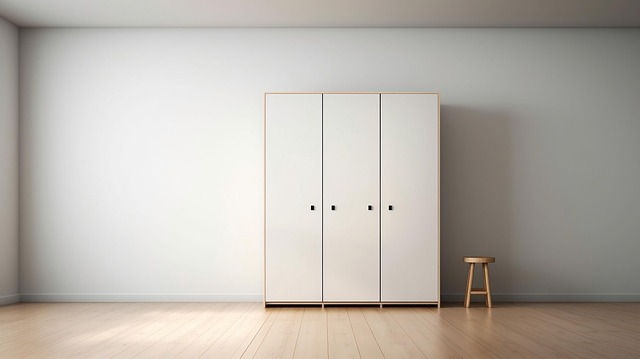Guide to Choosing and Using a Shoe Rack at Home
A shoe rack can transform a crowded entryway or closet into an orderly, functional area without a major remodel. Beyond keeping shoes off the floor, a well-chosen shoe rack improves storage efficiency, protects footwear, and integrates with your home furniture. This article explains types of racks, how to store shoes properly, organization strategies, and practical placement and maintenance tips to help you choose what fits your lifestyle.

What is a shoe rack and why use one?
A shoe rack is a dedicated piece of furniture or storage accessory designed to hold shoes in a compact, accessible way. Racks range from simple open shelves to closed cabinets and stackable cubbies. The primary benefits are clearer floor space, reduced clutter, and easier selection of footwear. For households with limited entryways or shared closets, a shoe rack creates visual order, extends the life of shoes by allowing air circulation, and keeps dirt and debris contained.
How to store shoes efficiently
Efficient shoe storage starts with sorting: separate daily footwear from seasonal or special-occasion pairs. Rotate shoes by frequency of use and store less-used items higher or in harder-to-reach areas. Use pairs-first placement—heels together, toes facing out—for quick selection. For delicate or leather shoes, consider individual boxes or breathable shoe bags to minimize dust and contact with rough surfaces. Keep cleaning supplies nearby so shoes can be wiped or brushed before storage, which maintains both the footwear and the storage space.
Choosing materials and furniture styles
Shoe racks come in wood, metal, plastic, and fabric options; each material suits different needs. Wooden units often match interior furniture and offer a warm look but can be heavier and more costly. Metal racks are durable and compact, ideal for humid areas when coated to resist rust. Plastic and fabric racks are lightweight and budget-friendly, though less sturdy for heavy boots. When selecting a piece of furniture, consider weight capacity, shelf spacing for taller shoes or boots, and whether the rack will sit inside a closet or be visible in living spaces.
Organization strategies for shoe storage
Organization makes a shoe rack more than a static shelf: group footwear by type (work, casual, sports), color, or owner to streamline morning routines. Label cubbies for family members or use clear bins for small items like sandals or slippers. Vertical solutions such as tiered racks or over-the-door organizers increase storage without expanding the footprint. Use dividers for seasonal rotation and keep a small donation box nearby for pairs you no longer wear. Regularly reassessing the collection prevents overcrowding and keeps the rack functional and tidy.
Placement and maintenance for shoe racks
Placement affects both access and cleanliness. Near-entryway racks are convenient for daily shoes but should be robust enough to handle outdoor dirt; add a mat underneath to protect flooring. Inside closets, racks can maximize vertical space; adjustable shelves help accommodate boots and sneakers. Maintenance includes regular wiping, airing out shoes to prevent odors, and checking for loose screws or sagging shelves. For seasonal storage, clean shoes thoroughly before placing them in storage and consider silica packets or cedar blocks to control moisture and pests.
Conclusion
A shoe rack is a practical furniture choice that enhances storage and organization while protecting footwear and simplifying daily routines. By matching the rack’s material and style to your needs, organizing shoes in intuitive groupings, and placing the unit where it supports your habits, you can make small spaces more functional and visually calmer. Regular maintenance—cleaning shoes before storage, airing items, and inspecting the rack—extends the lifespan of both shoes and the rack itself. Thoughtful selection and consistent organization turn a simple shoe rack into an effective component of home storage and everyday order.






